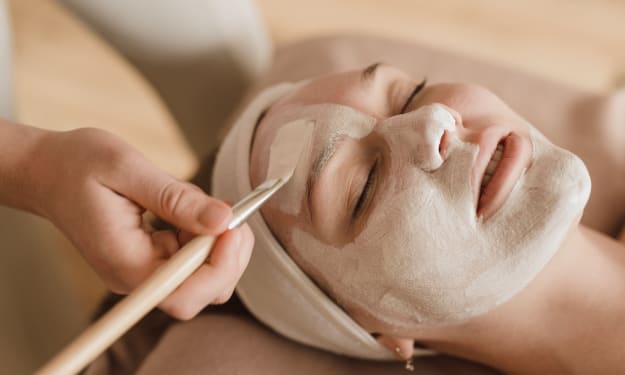Sculpture
Major Techniques Used For Sculpting

Major Techniques Used For Sculpting
Sculpting has been practised for a long time. In ancient Egypt, the Great Sphinx was carved out of limestone. Sculpture was also revered by the ancient Greek and Roman civilizations. Since ancient times, sculpting has been one of the most popular art forms in the world for depicting beauty, emotion, and shape. Pottery clay, sometimes known as ceramic in the art world, is a popular sculpting material. Ceramic clay is popular among potters because it is incredibly adaptable, making it suitable for both novice and experienced artists.
Clay may be found all over the globe. Because it is a worn component of the earth's crust. In India, many types of clay may be found along riverbeds and banks, lakes and ponds, and agricultural areas. Clay is mostly silica, although it’s mineral content varies, influencing its colour and appropriateness for various tasks.
When mixed with water, it becomes flexible and elastic. Thinner clay solutions can be created for use in wall painting and sculpting. Clay may be used in a variety of ways by varying the amount of water added to it. As a result, depending on the sort of object to be made, each artist approaches clay differently.
Clay is one of the most adaptable materials for sculpting. Sculpture is a three-dimensional work of art made of either hard or soft materials. They can also take the form of reliefs on surfaces or be integrated into a variety of settings.
4 Major Sculpting Techniques for Creating Sculptures
Beautiful sculptures may be created using various sculpting techniques. Sculptors mostly use four sculpting techniques. Procedures that are subtractive (material is removed or carved out) or additive (material is added) are employed.
Casting: Cast sculptures are created by pouring melted material, generally metal, into a mould. Casting is a method that may be used for both additive and subtractive sculpture. It is one of the most often used sculpting methods in family therapy. Casting is also one of the sculpting procedures used for face prostheses.
Carving: Carving is the technique of cutting or chipping away at a mass of stone, wood, or other hard material to remove a form. Carving is a subtractive sculpting method that includes removing material from the exterior in a systematic manner. It is one of the most effective old sculpting methods.
Modeling: Modeled sculptures are created by layering a soft or flexible material. For example, using clay and sculpting it to create a shape. Modelling is an additive and subtractive figure sculpting and conversion process. It is one of the most effective face shaping procedures.
Assembling: Assembling is a procedure that occurs in phases. Sculptors collect and mix numerous parts to create a complete sculpture.
Sculpture Art In India
Sculpture art is one of India's oldest art forms, with origins in the ancient Indus Valley Civilisation (c.3300-1300 BCE) and the Mesopotamian era (c. 3100 BC- 539 BC). Sculptures have long been used to chronicle life in the Indian subcontinent. Human and animal figures, as well as religious sculptures, from diverse periods in the region attest to the foregoing.
Sculptures have survived the rise and fall of several dynasties in India, from the Ajanta Caves (c. 200 BCE - 650 CE) through the Mughal Empire (c. 1526-1857 AD). Modern Indian sculptors such as D.P Roy Choudhury and Adi Darewala are altering the terrain of sculpture in India.
If you are looking for sculpting, modeling and ceramics, then trueGether is the right place for you. It has got an amazing collection of best quality wide range products under one roof only. Since it is the best alternative to sites like Shopify, it offers products at quite affordable prices. Get the deals today!





Comments
There are no comments for this story
Be the first to respond and start the conversation.